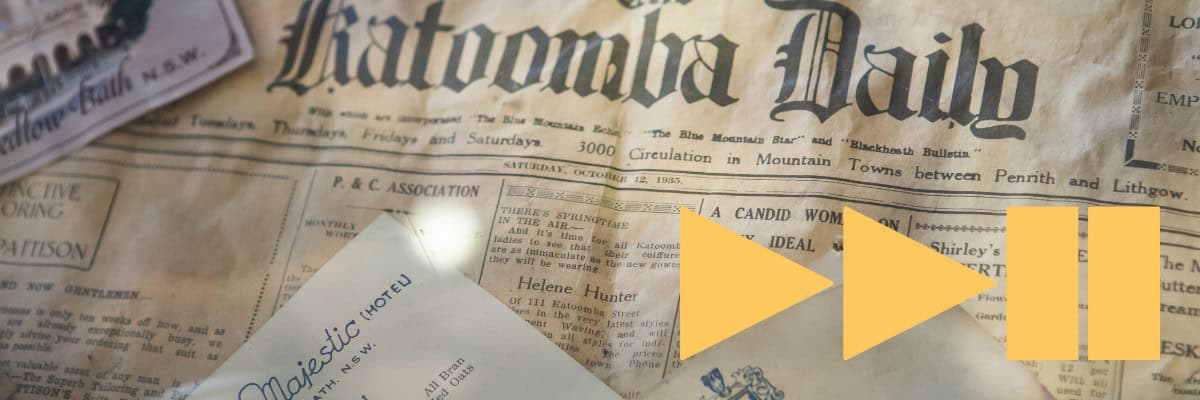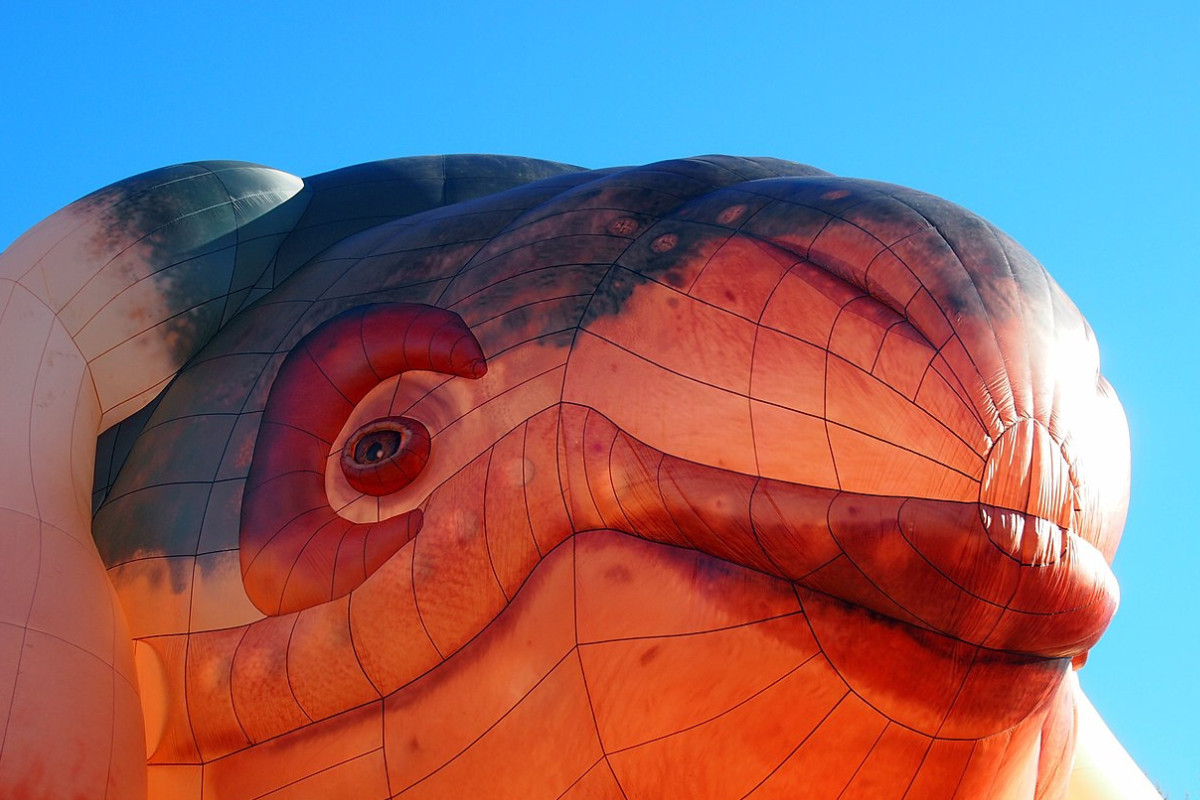
For historians, libraries and archives are the laboratory. They are the places where, as researchers, we gather what the scientists call “data”. They are where many of us feel most ourselves, where we are best able to feel that we are scholars rather than bureaucrats or publicists or the one hundred and one other roles demanded of us in modern universities. We are inclined to romanticise them, and our times in them. They hold stories, but we also tell stories about them. Some approach them with a sense of reverence and others, at least, with the respect due to something that is precious.
When I first decided to come to Canberra to do a PhD at the Australian National University a little over thirty years ago, I did so largely because of my positive experience of working in libraries and archives here while visiting earlier as an honours student. I loved the Noel Butlin Archives at the Australian National University, then known as the Archives of Business and Labour, with its rich collections, its gentle pace, its devoted and knowledgeable archivists, and its morning and afternoon teas and their lively conversation. I experienced a similar joy when I went across the lake to the National Library; it was hard for me to accept that such a stunningly lovely institution, with its helpful, knowledgeable staff, could really have been there to help people like me.
On the days I walked in the front doors of these institutions for the first time, each of them struck a blow for diversity.
I was one of those students these days called ‘first in family’. Neither of my parents had finished high school; mum returned as an adult to matriculate in English so she could pursue art classes at the Royal Melbourne Institute of Technology. My background was working-class and ethnic. In finding a place for me, they were finding a place for people who had not historically been thought of as the core constituency of such institutions, even allowing for the richness of the Noel Butlin Archives’ trade union collections.
Our libraries and archives – indeed the GLAM sector more generally – are very preoccupied with diversity and accessibility these days in ways that, I feel sure, they were not in 1990. But they do so increasingly in a digital world.
As national institutions, it is through the services they provide online that they can reach millions rather than mere thousands.
Australia is a vast country. It is expensive to travel to Canberra for most people and expensive to stay there for all of them. It is not a place like London, where it is possible for those genuinely interested in sampling its cultural institutions to make a day of it from many other parts of the country.
Resources such as the National Library’s Trove database have been valuable in this context. Especially through its Australian Newspapers Online, Trove has made the National Library a presence in the lives of ordinary Australians. They have been able to learn more of their own families, their ‘place’ – however understood – and their nation.
The COVID-19 pandemic has only magnified the significance and value of this presence. The National Archives has done similar kinds of work, through its digitisation of records, whether the subject is war service, immigration, Indigenous affairs or the many other domains in which the lives of the people have intersected with government and bureaucracy – sometimes for good but also very often, as for Indigenous Australians, for ill.
Through each of these resources, like other people, I have learned about my family. Stories that relied on oral testimony could now be refined and sometimes corrected. No, the government did not intern Uncle Tony in the Second World War, as the family story went. Rather, I could learn from the National Archives at the easy click of a button that they conscripted him into the Civil Aliens Corps. Trove, meanwhile, told me about my family in the Wimmera town of Nhill during the First World War – all the family stories I’d heard were of the Second, so this was new – and I also learned of a great-uncle’s business trip to Japan in the 1930s. Trove told me more about the vehicle accident in early 1954 that had killed my father’s first wife and severely injured his baby daughter. I was able to place my family experience more precisely in a wider social history, the story of a people and a nation.
No doubt these kinds of experiences are now familiar to many. And professional historians have benefited from this growing digital presence, piggybacking on resources that could not have been created if their only constituency was the academic researcher. We can do much research from our desks that would once have required expensive visits and long hours in archives and libraries. If, like most scholars, you live outside Canberra, this is a great advantage and not to be regarded lightly.
As scholars who value the humanities’ contribution to society, we should also welcome and celebrate the democratisation of archives and libraries.
In this respect, the GLAM world is a better one than that I entered with such joy in 1990 because it allows many more people to participate in it. But it also has its dilemmas and dangers. Institutions such as the National Library of Australia and the National Archives of Australia now face a tension between catering to those who walk through their doors and those who click online. That tension is magnified by the problems faced by each of them as a physical site for research. The National Library is undertaking extensive repairs that it says will disrupt access to its collections for eighteen months. The National Archives still lacks a purpose-built home.
The interests of virtual and in-person visitors overlap but they are not identical. The former have strong moral claims because of their previous exclusion or marginalisation. They have strong political claims because there are lot of them, scattered all over the country. It is only by attracting them that libraries and archives can show their political masters that they are serving a broad and widening constituency. Tallies of website visitors are inevitably much more impressive than their tallies of in-person visitors. How easy, but misleading, it is to imagine that those able to walk through the doors are a privileged minority with less compelling claims than those of people sitting at their computers across the nation.
Yet, serving an ever-widening constituency is expensive, while governments have often been stingy. The imposition of efficiency dividends, inadequate funding and, more recently, a misallocation of resources to the Australian War Memorial on a grand scale have undermined the ability of our national cultural institutions to serve either scholars or the wider public. And the unsatisfactory performance of the National Archives in making open-period documents available to scholars within a reasonable timeframe is deservedly notorious.
So, to return to where I began, the libraries and archives remain the laboratories for humanities scholarship, often holding unique materials which are not, and probably never will be, turned into a digital form. It is a basic responsibility of public institutions that hold such physical materials to make them as accessible as possible to those who walk through their doors.
Their dilemma is how to balance the claims of the wider Australian community with the integral part that such institutions play in the work of humanities scholars – whose public role is as indispensable as that of the libraries and archives on which they depend.



